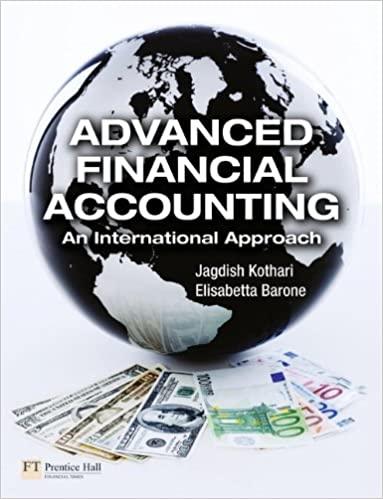Answered step by step
Verified Expert Solution
Question
1 Approved Answer
2. Provide 5 qualitative (non-financial) considerations that may influence your decision either to accept or reject a special order. Please, there are no additional information


2. Provide 5 qualitative (non-financial) considerations that may influence your decision either to accept or reject a special order.
Please, there are no additional information for the first question.
Question 2 on the other hand is incomplete. I only need the answer to that specific part.
Thank you
Question 1 Baboo Ltd. is a business that deals in the production of Cachips for sale. The company has been in this item for the past two years and as such expects the following levels of sales for the next six months in 2019; expected total sales for each month for the first three months is 15,000 in units and 24,000 units each month for the remaining months. Due to recent increase in demand for the product, management believes it can sell the product at 50 per unit in the first four months and increase it (price) further by 10% thereafter. The firm's cost of production for a unit of item is as followings: Direct material 15 Direct labour 10 Production overheads 10 Wages will be paid for as they are incurred whereas production overheads incurred are paid for a month later. Suppliers allow for a month's credit for 50 % of each month's purchases. Customers are expected to pay goods sold to them on the following terms; 40% in the month of sales, 30% in the second month and the remaining amount in the month following. The inventory policy of the firm in relation to finished goods and inputs are as followings: The stock of finished goods at the end of each month is 15 % of planned sales for that month whereas that of input is held constant. The expected opening stock for finished goods is 2,500 units. The constant input unit is 3,000 units It may be assumed that sales are evenly spread throughout the month and that depreciation expense of two cedis per unit is included in production overheads. Required Produce for each month for the first six months: Sales budgets; (4 Marks) i. The production budgets; (10 marks) Schedule of payments to suppliers; (4 marks) iii. Schedule of receipts from debtor; (6 marks) iv. The cash budget. (6 marks) V. Question 1 Baboo Ltd. is a business that deals in the production of Cachips for sale. The company has been in this item for the past two years and as such expects the following levels of sales for the next six months in 2019; expected total sales for each month for the first three months is 15,000 in units and 24,000 units each month for the remaining months. Due to recent increase in demand for the product, management believes it can sell the product at 50 per unit in the first four months and increase it (price) further by 10% thereafter. The firm's cost of production for a unit of item is as followings: Direct material 15 Direct labour 10 Production overheads 10 Wages will be paid for as they are incurred whereas production overheads incurred are paid for a month later. Suppliers allow for a month's credit for 50 % of each month's purchases. Customers are expected to pay goods sold to them on the following terms; 40% in the month of sales, 30% in the second month and the remaining amount in the month following. The inventory policy of the firm in relation to finished goods and inputs are as followings: The stock of finished goods at the end of each month is 15 % of planned sales for that month whereas that of input is held constant. The expected opening stock for finished goods is 2,500 units. The constant input unit is 3,000 units It may be assumed that sales are evenly spread throughout the month and that depreciation expense of two cedis per unit is included in production overheads. Required Produce for each month for the first six months: Sales budgets; (4 Marks) i. The production budgets; (10 marks) Schedule of payments to suppliers; (4 marks) iii. Schedule of receipts from debtor; (6 marks) iv. The cash budget. (6 marks) VStep by Step Solution
There are 3 Steps involved in it
Step: 1

Get Instant Access to Expert-Tailored Solutions
See step-by-step solutions with expert insights and AI powered tools for academic success
Step: 2

Step: 3

Ace Your Homework with AI
Get the answers you need in no time with our AI-driven, step-by-step assistance
Get Started


